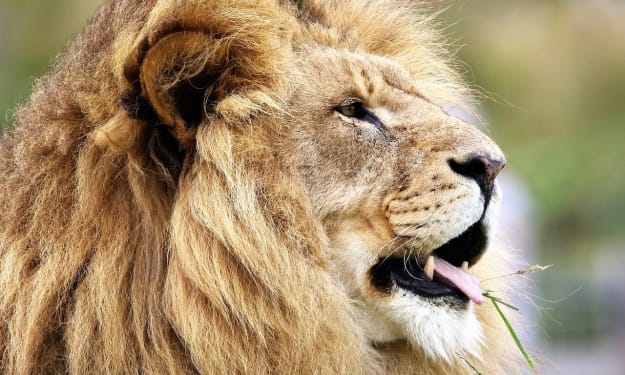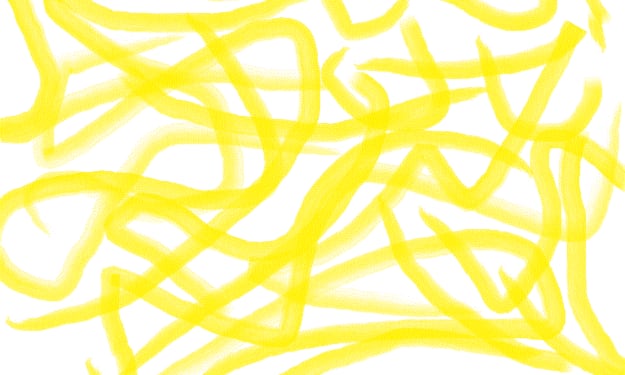Most rivers in the world flow into the sea, but the Okavango in Africa defies gravity by taking its massive waters right into the Kalahari Desert. Starting in the highlands of Angola, the Okavango runs for over 1,000 miles like any normal river before dropping into the largest inland delta on Earth known as the Okavango Swamp. The delta has land slopes dropping at nearly 150 ft, about half the height of the Statue of Liberty. The area where the Okavango Delta is now used to be part of a lake that dried up around 2,000 years ago. It takes several months for the Okavango water to complete its journey, and the landscape is constantly changing. The first European to discover the delta was the Scottish explorer David Livingston, who was astonished to see the water seemingly flowing backward and uphill, with two strong watercourses connecting the Okavango to the surrounding area.
[Music]
Wildlife just loves all the water in the Delta, with migratory elephants bathing among pink lily pads and silverfish bream barbells. Lions, cheetahs, buffalo, wildebeests, hippopotamuses, zebras, wild dogs, crocodiles, and a variety of other species roam the area. STS ibis, herons, cranes, and geese can often be seen flying overhead, along with 450 species of birds. Despite the abundance of water in the Okavango, few people choose to settle along its banks due to challenges such as the Testes fly. However, for those feeling adventurous, the Delta offers a unique safari experience.
Scientists from Imperial College in London recently made a surprising discovery under the Antarctic ice sheet - an interconnected River Network spanning an area as large as Germany and France combined. This River network includes Lakes that were previously thought to be isolated bodies of water. The water under the ice sheet is formed by melted snow, offering new insights into the dynamics of Antarctica's icy environment. This groundbreaking research highlights the complex and interconnected nature of Earth's ecosystems, even in the most remote and inhospitable regions.
If temperatures rise enough to melt surface water in Antarctica, the ice cover could disappear more quickly, potentially destabilizing the ice sheet's base and leading to a similar melting scenario as Greenland. If the ice moves faster than the water can handle, increased friction could generate more water and speed up the melting process. Scientists are currently studying this river system to better understand its mechanics and determine if similar issues are occurring in other parts of Antarctica. By gaining insight into what is happening beneath the surface, we may be able to predict how changes in Antarctica could impact the entire planet. In contrast, the Row River in Montana flows a short distance of just over 200 feet between large springs and the Missouri River.
The springs and the Missouri River were once listed in the Guinness Book of World Records as the shortest river globally, but the category was eventually removed due to a debate over the title. Residents of Oregon argue that their D River should hold the title, pointing out that river measurements can vary depending on the criteria used. There may be even shorter rivers in countries like Norway or Indonesia, challenging the definition of what constitutes a river.
By official definition, a river is characterized by a constant flow of water in the form of a current, usually originating from upland sources, other rivers, lakes, or watershed creeks. As streams come together to form rivers, water is carried from higher to lower lands, eventually reaching the ocean. With 12 stream orders identified, the first two levels do not have additional streams feeding into them, making the D River and similar short rivers technically eligible for the title.
The Rio Negro in South America is known as the largest Blackwater River globally and serves as the largest left tributary of the Amazon jungle. Its dark appearance, resembling strong tea, is due to humic acid from the decomposition of plants containing phenol. Despite the misconception that Blackwater rivers are unproductive, the Rio Negro supports significant fishing industries and provides nesting sites for turtles.
While early explorers in the 17th century encountered few Indigenous communities along the Rio Negro, this scarcity was likely due to factors such as diseases and conflicts rather than the river's productivity. The Rio Negro basin is home to around 700 documented fish species, with over a hundred unique to the region. Some of these fish species, like the Cardinal Tetra, have become popular in aquariums worldwide.
A canal connecting the Rio Negro and the Orinoco, another major South American river, allows for the movement of aquatic species between the two water bodies.
About the Creator
Enjoyed the story? Support the Creator.
Subscribe for free to receive all their stories in your feed. You could also pledge your support or give them a one-off tip, letting them know you appreciate their work.





Comments
There are no comments for this story
Be the first to respond and start the conversation.